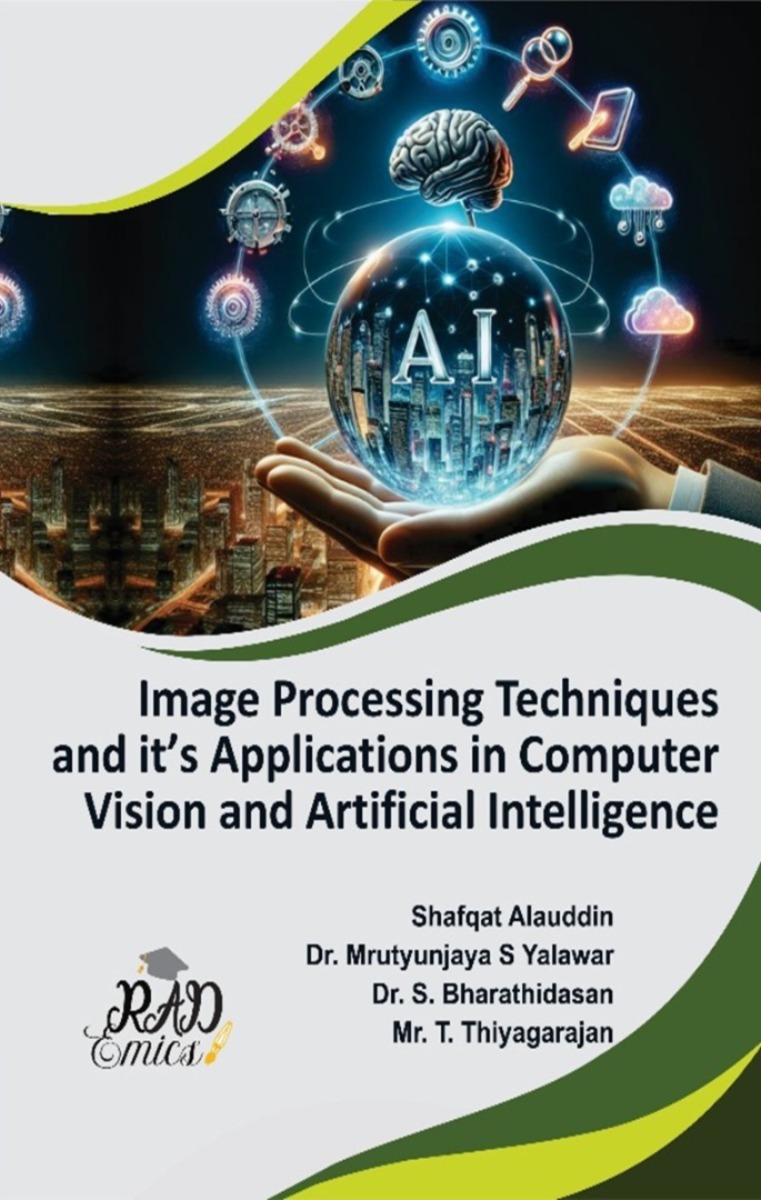
Peer Reviewed Chapter
Chapter Name : Texture Analysis Techniques Using Statistical Measures Structural Approaches and Machine Learning Methods
Author Name : S. Jabeen Begum, Vishal Mehta
Copyright: © 2024 | Pages: 30
DOI: 10.71443/9788197933660-07
Received: 15/05/2024 Accepted: 20/07/2024 Published: 30/10/2024
Abstract
Texture analysis techniques have emerged as essential tools in various domains, offering insights into the intricate patterns and structures present in data. This chapter provides a comprehensive overview of texture analysis methods, emphasizing the significance of statistical measures, structural approaches, and machine learning techniques. The robustness of texture analysis was critically influenced by data quality, multimodal data integration, and interpretability of machine learning models. Case studies highlight the application of these techniques in environmental monitoring, showcasing their effectiveness in assessing vegetation health, soil erosion, water quality, and habitat classification. Future directions for research are discussed, focusing on enhancing the scalability of machine learning approaches and addressing emerging challenges in texture analysis. This chapter aims to bridge existing research gaps and propose innovative strategies for leveraging texture analysis in real-world applications, ultimately contributing to advancements in environmental science and data-driven decision-making.
Introduction
Texture analysis has gained significant attention across various fields, including computer vision, medical imaging, and environmental monitoring, due to its ability to extract meaningful patterns and features from complex datasets [1,2]. The inherent structures present in texture information provide critical insights that are not easily discernible through conventional analysis methods [3]. As the demand for high-dimensional data interpretation grows, texture analysis techniques have evolved, incorporating advanced methodologies such as statistical measures, structural approaches, and machine learning algorithms [4,5]. These advancements have led to improved accuracy and efficiency in interpreting data across diverse applications, from identifying geological formations to classifying vegetation types [6,7].
Various methodological approaches underpin texture analysis, each contributing unique strengths to the overall analytical process [8]. Statistical measures, such as co-occurrence matrices and local binary patterns, quantify texture characteristics by examining pixel relationships within an image [9]. Structural approaches, on the other hand, focus on the geometric and spatial arrangement of texture elements, facilitating a deeper understanding of the underlying patterns [10-12]. Machine learning techniques, particularly those involving deep learning, have further enhanced texture analysis by enabling automated feature extraction and classification, significantly reducing the manual effort required in traditional approaches [13-16]. By combining these methods, researchers can develop more robust and versatile texture analysis frameworks.